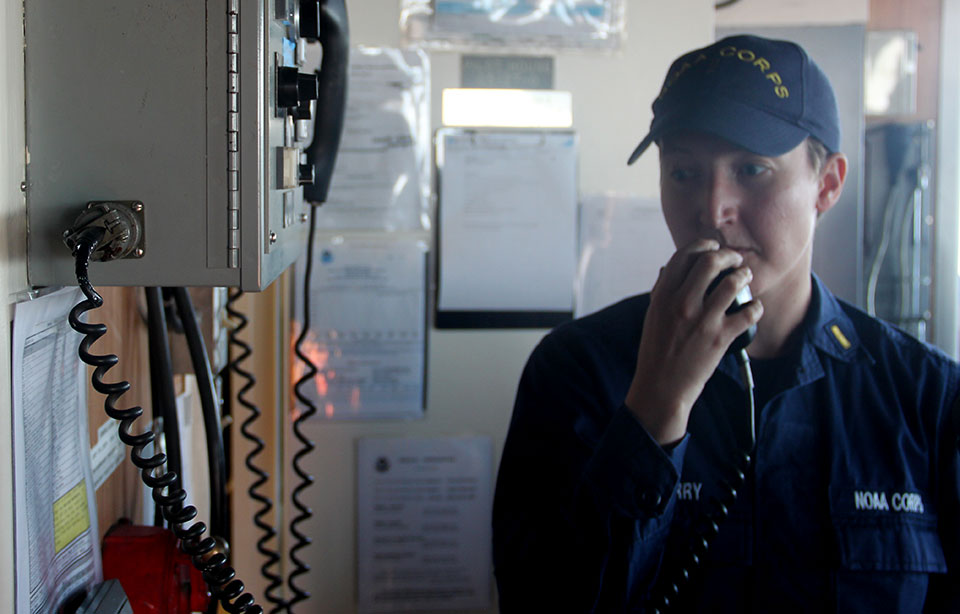What is seaspeak?
Seaspeak is the official language of navigators the world over.

Whether on the high seas or at port, misunderstood communication can lead to serious and even dangerous situations. "Seaspeak", the official language of the seas, helps to prevent miscommunication.
Have you ever wondered how crews on ships at sea communicate? Nowadays, crews consist of men and women from all over the world, and often, a single ship's crew comes from a number of different countries. But that was not always the case. Back in the 1960s, the United States and the United Kingdom dominated ocean traffic, and 80 percent of ships' crews were native English speakers. By the end of 1970s, however, the situation had reversed, and today, 80 percent of ship's crews do not speak English as a first language.
So what happens when a ship captain needs to communicate with his or her crew, to another ship, or to shore? Whether on the high seas or at port, misunderstood communication can lead to serious and even dangerous situations.
To avoid such confusion, in 1983 a group of linguists and shipping experts created a new system of communication called Seaspeak. English was chosen as the principle lexicon for Seaspeak because it was the most common language spoken on ships at that time, and, importantly, it was also the language of civil aviation. In 1988, the International Maritime Organization made Seaspeak the official language of the seas.
Seaspeak defines the rules of how to talk on a ship's radio. The number of words is limited to ensure that messages and conversations are short and clear. Eight words, called message markers, precede each sentence. These words are Advice, Answer, Information, Instruction, Intention, Question, Request, and Warning.
An important rule of Seaspeak is that numbers made up of two or more digits are spoken in single digits. For example, the number 33 is spoken as "three three" and the time 9:33 a.m. is spoken as "zero nine three three." Coordinated Universal Time—the primary time standard or international time scale by which the world regulates clocks and time—is always used at sea.
Search Our Facts
Get Social
More Information
Seaspeak Example
Here's an example of Seaspeak between the captains of two vessels that plan to rendezvous at a predetermined buoy:
"Question: What is your estimated time of arrival at buoy number six two? Over."
"Answer: Estimated time of arrival at buoy number six two is zero nine three zero. Out."

Last updated: 01/20/23
Author: NOAA
How to cite this article